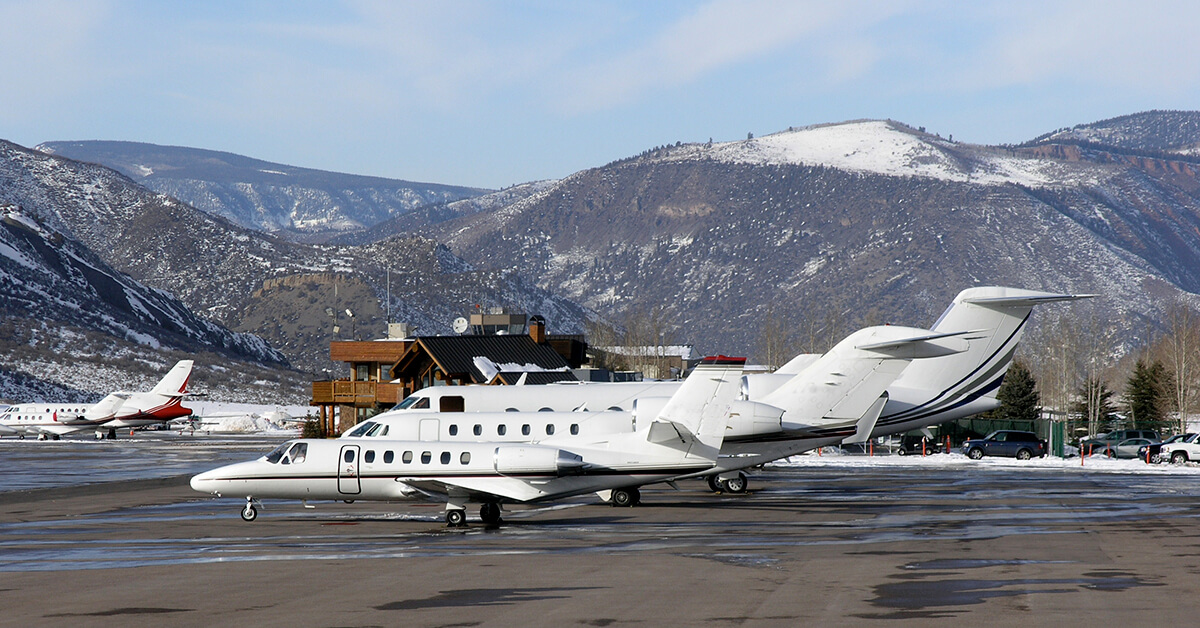
Nov. 22, 2021
A surge in passengers flying this holiday season, following last year’s COVID lockdowns, is one of several factors that could lead to additional delays for business aircraft operators flying through the National Airspace System (NAS). Business aviation has never been a congestion driver, but delays in the system may be inevitable, so it’s best to be ready.
“We’re definitely seeing additional or higher air traffic numbers,” said Dean Snell, manager for NBAA Air Traffic Services. “We’re already back to pre-pandemic numbers, if not over, on some days for this time of year.”
Airport construction programs, such as the closure of Runway 13L/31R at Dallas Love Field (DAL), and inclement weather, may further compound delays and force reroutes throughout the NAS.
Operators should also expect additional traffic flow management initiatives as delays mount at busy airports in popular winter destinations in Florida and the Rocky Mountains, as well as across the Northeast.
“It only takes a little bit of wind and all of a sudden, you can’t use Runway 11/29 at Newark (EWR) and you’re in a ground delay program,” said John Kosak, NBAA ATS weather program manager and air traffic management specialist. “It’s a big ripple effect.”
Jason Rooks, national operations manager at the FAA, noted the agency has several tools available to ease congestion, including the Holiday Airspace Release Program (HARP), which allows temporary access to certain restricted military airspace zones.
“The relationship between the FAA and industry has become much more collaborative over my career,” he added, “and with that, we’ve given people access to information so that everyone is really on the same playing field.”
Optimized flight routes can provide additional breathing room for pilots. As one example, the new WATRS route between New York and Florida (replacing AZEZU) routes northbound and southbound flights off the coast, thus avoiding frequent congestion in Washington Center (ZDC) and other overland airspace sectors.
When the time comes to return home, Rooks recommended operators fly early on the Sundays following Thanksgiving, Christmas and New Year’s Day – or even delay their trips to Monday – to avoid the busiest afternoon rush periods.
Rooks further encouraged operators to file their flight plans as early as possible. “The sooner you get your flight plan in, the sooner you’re in the system,” he added.


 International Business Aviation Council Ltd.
International Business Aviation Council Ltd.